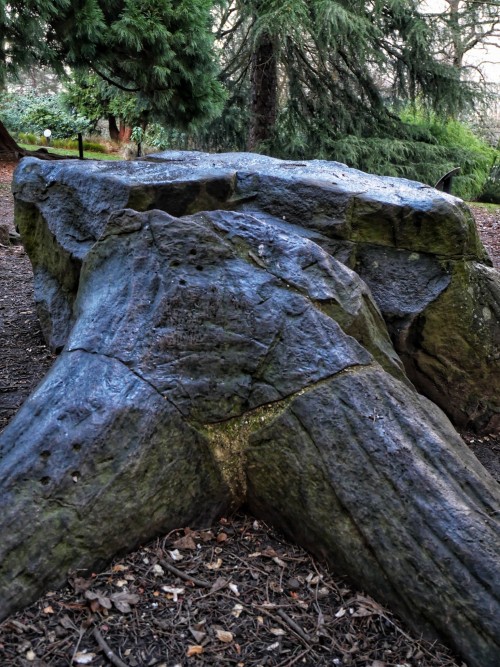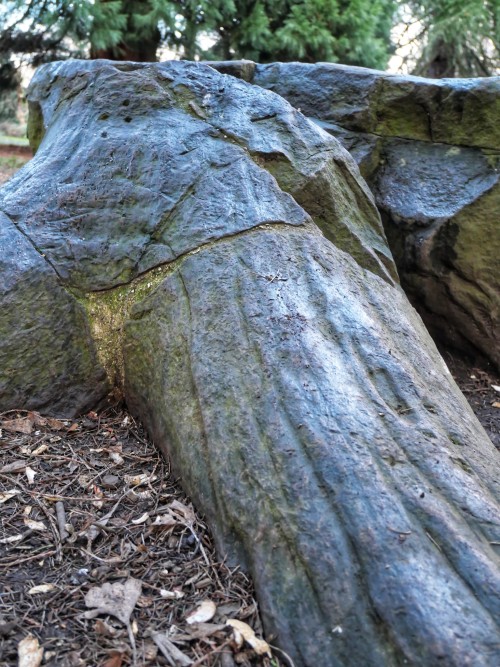My Father‘s Container For Small Nails

My father‘s container for small nails
More Posts from Rainyflowerfun and Others
wonderful.

Conrad Kiesel: After the Ball
Huuuuuh!

Wie schön, die Schneeglöckchen! - How nice, the snowdrops! Das Wasser ist bestimmt eiskalt

Spetzerfehner Frühling naht
no comment required


Brombeere blüht im Oktober - heute aufgenommen.
Blackberry blossoming in october - Photo taken today,
This is what we all need sometimes.
From Racing Suits to Robotic Gloves: How to Gear Up with NASA Technology
Did you know you are surrounded by NASA technology? From your apartment building to the doctor’s office, and even in your cellphone camera, there is more space in your life than you think!
In the latest edition of Spinoff, we are introducing dozens of new ways NASA technology could cross your path. Whether you need an extra “hand” on the production line or a weatherproof jacket, check out how to gear up with technology made for space.
Grip-Strengthening Glove

Robots are crucial to exploring space and other planets – they could even support astronauts and form the advance party for places humans have yet to reach. But the human machine is hard to replicate.
A collaboration with General Motors helped us build Robonaut 2 – and the design for this robot’s hands has been adapted into a robotic glove that helps manufacturing employees, such as automobile workers, reduce injuries and improve quality control.
The Swedish company Bioservo used the Robo-Glove technology to create the world’s first industrial-strength robotic glove for factory workers who perform repetitive manual tasks.
The Ironhand glove adds force to the user’s grip with artificial tendons and pressure sensors on the palm and the fingers.
The result? Reduced strain on the user’s own tendons and muscles, meaning fewer workplace stress injuries and better comfort for workers.
Temperature-Control Fabrics

Spacesuits need major insulation and temperature control to protect astronauts on extravehicular activities, aka spacewalks. To help solve this, we created a phase-change material with help from the Triangle Research and Development Corporation.
With funding from a NASA Small Business Innovation Research contract, Triangle incorporated the material into a fabric glove insert that could maintain a steady temperature by absorbing and releasing heat, ensuring it feels just right.
While the invention never made it to orbit, it did make it into the driver’s seat.
Outlast Technologies exclusively licensed the material from Triangle and has incorporated it into outdoor gear, bedding, and now – auto racing suits with help from Cambridge, England-based Walero.

Due to extreme temperatures in the cockpit, drivers in almost every major racing championship wear Walero for its cooling properties. Cristiana Oprea (pictured) wears it while driving for the European Rally Championship. Credit: Walero
The race undergarments, bonded with fire-retardant material for added protection, help drivers maintain a lower core temperature and heart rate, which means fewer mistakes and better lap times.
The suits have been sold to both amateur racers and professional NASCAR drivers.
Lightweight Rain Jackets

The superinsulating material that makes up space blankets is one of our most ubiquitous spinoffs. Found everywhere from inside the walls and roofs of buildings to cryogenic tanks and MRI machines, radiant barrier technology was first created to insulate spacesuits and spacecraft. And now this NASA spinoff can be found in weatherproof jackets as well.
Inspired by her passion to run following a series of surgeries to help correct a life-threatening injury, Hema Nambiar launched her Larchmont, New York, start-up company 13-One. To create her jacket, she worked with Advanced Flexible Materials Inc.’s brand Heatsheets. The brand was already marketing products like the space blankets traditionally distributed after races to prevent dangerous drops in temperature.

The 13-One jackets are designed to be warm and weatherproof, but their thin, reflective lining lets them also be lightweight and easily portable. Credit: Lourenso Ramautar, Out of New York Studio
The resulting line of jackets has a black exterior and a lining to reflect body heat. They weigh less than a pound, are wind- and water-resistant, and easily pack into a small, built-in pouch.
Want to check out more NASA spinoffs? Be sure to find us on spinoff.nasa.gov and on Twitter.
Interested in licensing your own NASA technologies? Check out the NASA Technology Transfer program at technology.nasa.gov.
Make sure to follow us on Tumblr for your regular dose of space!
thumbs up!
Moon Mountain Named After Melba Roy Mouton, NASA Mathematician

Award-winning NASA mathematician and computer programmer Melba Mouton is being honored with the naming of a mountain at the Moon’s South Pole. Mouton joined NASA in 1959, just a year after the space agency was established. She was the leader of a team that coded computer programs to calculate spacecraft trajectories and locations. Her contributions were instrumental to landing the first humans on the Moon.
She also led the group of "human computers," who tracked the Echo satellites. Roy and her team's computations helped produce the orbital element timetables by which millions could view the satellite from Earth as it passed overhead.
The towering lunar landmark now known as “Mons Mouton” stands at a height greater than 19,000 feet. The mountain was created over billions of years by lunar impacts. Huge craters lie around its base—some with cliff-like edges that descend into areas of permanent darkness. Mons Mouton is the future landing site of VIPER, our first robotic Moon rover. The rover will explore the Moon’s surface to help gain a better understanding of the origin of lunar water. Here are things to know:
Mons Mouton is a wide, relatively flat-topped mountain that stretches roughly 2,700 square miles

The mountain is the highest spot at the Moon’s South Pole and can be seen from Earth with a telescope

Our VIPER Moon rover will explore Mons Mouton over the course of its 100-day mission

VIPER will map potential resources which will help inform future landing sites under our Artemis program

The VIPER mission is managed by our Ames Research Center in California’s Silicon Valley. The approximately 1,000-pound rover will be delivered to the Moon by a commercial vendor as part of our Commercial Lunar Payload Services initiative, delivering science and technology payloads to and near the Moon.
Make sure to follow us on Tumblr for your regular dose of space!
Architecture and sky form an abstract picture. Great.

The aeons, past and future, say "Hello".







Prehistoric Fossilised Tree Stump, Sheffield Botanical Gardens, Sheffield, Yorkshire
